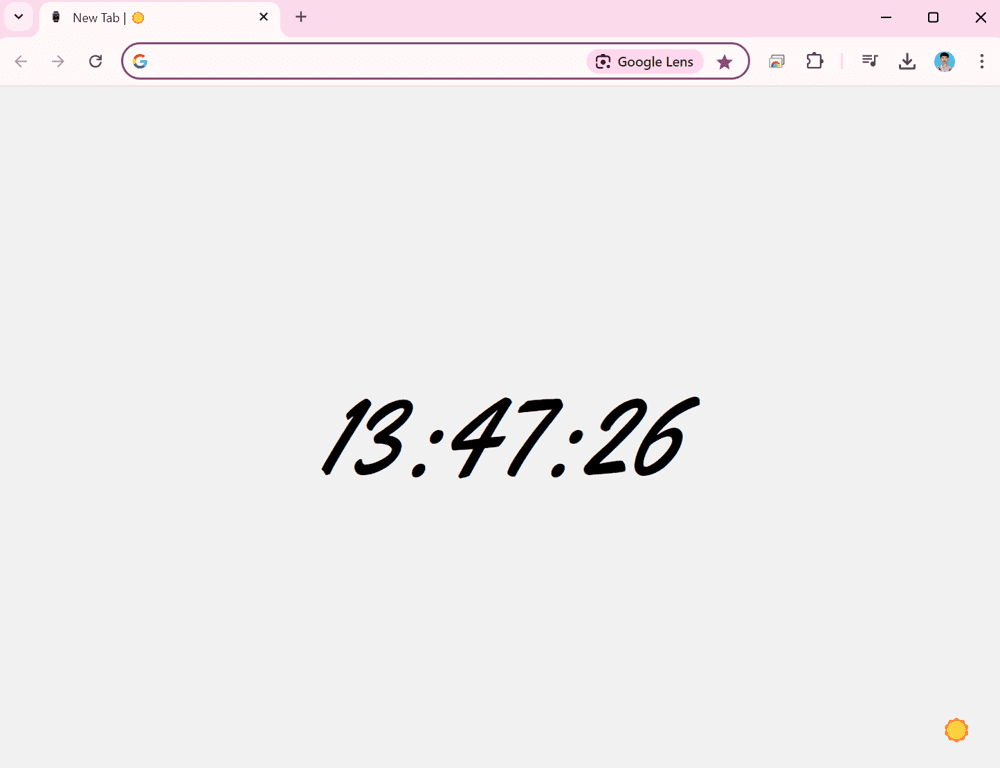
The web is the backbone of modern internet technology, enabling communication, sharing, and innovation across the globe. This guide will introduce you to the fundamental concepts of the web and how it works.
Table of Contents
1. What is the Web?
2. How Websites Work
3. The Role of Browsers
4. Web Technologies
HTML
CSS
Javascript
5. Client-Server Model
6. HTTP & HTTPS
7. DNS and Domain Names
8. Web Hosting
9. Conclusion
What is the Web?
The World Wide Web (commonly known as the web) is a system of interlinked hypertext documents accessed via the internet. Using web browsers, users can view web pages that may contain text, images, videos, and other multimedia, as well as navigate between them using hyperlinks.
How Websites Work
Websites are made up of multiple files (HTML, CSS, JavaScript, etc.) that are stored on servers. When you visit a website, your browser sends a request to the server where the files are hosted, and the server sends them back to your browser, which then displays the content for you to interact with.
The Role of Browsers
Web browsers like Google Chrome, Firefox, and Safari are software applications used to access and interact with the web. They interpret the code (HTML, CSS, JavaScript) that websites are built with and display them in a user-friendly way.
Web Technologies
HTML
HTML (HyperText Markup Language) is the standard language used to create web pages. It provides the structure of the page using elements like headings, paragraphs, images, and links.
<!DOCTYPE html>
<html>
<head>
<title>My First Webpage</title>
</head>
<body>
<h1>Welcome to My Website</h1>
<p>This is a simple HTML document.</p>
</body>
</html>CSS
CSS (Cascading Style Sheets) is used to style the HTML content, controlling its layout, colors, fonts, and overall design.
body {
background-color: lightblue;
}
h1 {
color: darkblue;
font-size: 24px;
}JavaScript
JavaScript is a programming language that makes web pages interactive. With JavaScript, you can manipulate HTML and CSS, respond to user inputs, and create dynamic content.
document.querySelector('h1').textContent = 'Hello, JavaScript!';Client-Server Model
The web operates on a client-server model. The client (usually a web browser) sends a request to the server for a webpage or resource. The server processes this request and sends back the appropriate data.
HTTP & HTTPS
HTTP (HyperText Transfer Protocol) and HTTPS (HTTP Secure) are protocols used for communication between the client and the server. HTTPS is a secure version of HTTP that encrypts the data transmitted, making it safer for activities like online banking and shopping.
DNS and Domain Names
DNS (Domain Name System) translates human-readable domain names (e.g., www.example.com) into IP addresses that computers use to identify each other on the network. Domain names make it easier for users to access websites without remembering long strings of numbers.
Web Hosting
Web hosting is the service that allows organizations and individuals to post a website or web page onto the internet. A web host provides the technologies and services needed for the website to be accessed by users.
Conclusion
Understanding the fundamentals of the web is key to becoming a web developer. From learning how websites work to grasping core technologies like HTML, CSS, and JavaScript, you now have a foundation to build upon as you delve deeper into the world of web development.
